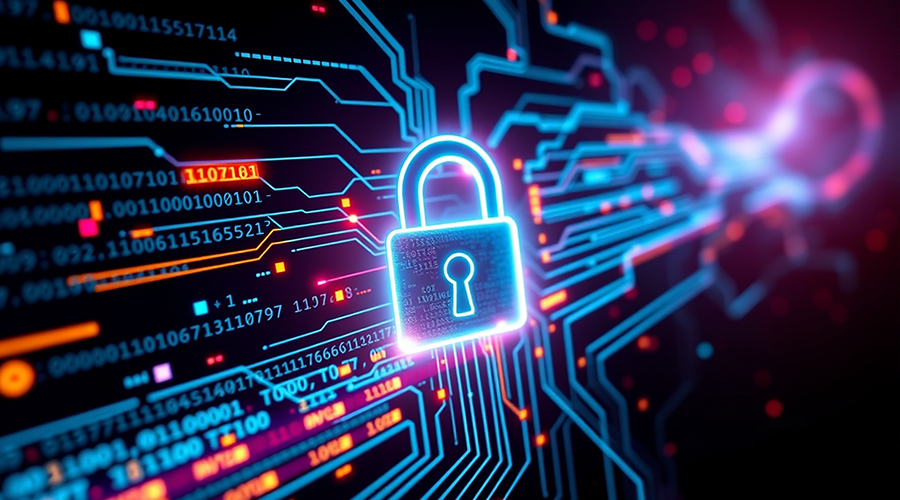 Managers are increasingly likely to be involved in planning and carrying out upgrades of door hardware to protect occupants.
Managers are increasingly likely to be involved in planning and carrying out upgrades of door hardware to protect occupants.Key Door Hardware Components for Safety and Security
Upgrades of key components and systems can prevent or delay attacks and maximize security
Understanding door hardware options and opportunities is the first step in turning threats and weaknesses into strengths. Entry doors might be in bad condition, with broken closers, loose hinges, doors that sag or are sticking, latches that do not align properly with the strike, and wide gaps between the door and frame that pry open easily. Other access points might use old technology.
Poorly maintained hardware offers the easiest path for unauthorized entry. Old technology is next and soon might become a weakness. Vendors know the best options for meeting ASTM/BHMA standards for the manufacture and testing commercial grade hardware. ANSI Grade 1 hardware is specifically designed for high-traffic areas because it can withstand the highest number of life cycles and is much harder for an active shooter to break through.
Upgrades that deliver greater safety and security include replacing Grade 2 and 3 components with Grade 1 hardware. A further upgrade involves integrating the latest generation of commercial electronic locksets, closers, hinge hardware and alarms with a central control system.
Managers need to pay special attention to levels of access to facilities. Authorized personnel need access and, in emergency situations, rapid and safe egress, while unauthorized personnel have to be kept out. Firefighters and other emergency personnel need ease of entry to locate and evacuate people rapidly.
Increasingly, managers are installing card and PIN lock systems, and they are rearranging traffic flows to channel visitor traffic at elevator lobbies toward properly staffed, secure reception areas. Only authorized personnel should be able to enter the main building through locked lobby doors.
Among the most common door hardware components upgraded for improved security are the following:
Closers. Standard and custom door closers include surface-mounted and hidden, heavy-duty closers for high-cycle or windy and drafty conditions, as well as ADA-compliant maximum-force-to-operate closers. A closer’s open cycle compresses the spring and positions the fluid through the open valve for closing. The delay valve allows slower-moving traffic to pass. The closing valve slows closing speed to within 6 inches of the stop. The latching valve accelerates closing for the last 6 inches. Closers need regular adjustment to keep the cycles operating as designed.
Hinges. By removing the hinge pins, an attacker can gain access to a facility through a hinged door, even when it is locked. Removing a screw and inserting a special pin prevents an attacker from removing the door from its frame, even if hinge pins are removed.
Locksets. Deadbolts, knobs, lock cylinders, levers, and entry handsets are wired and wireless devices that operate via remote-open and turn-on devices and cell phone applications. Replacing mechanical keyed locksets with electro-mechanical locks in the same housing is a low-cost upgrade option. Managers are using electronic remote-controlled devices, such as cameras, motion sensors, and tamper alarms, to give early warning.
They also can upgrade unguarded remote entry points from mechanical locks and keys to systems that incorporate CCTV and sound. A security guard at a remote point directs the person seeking entry to place his or her badge in front of the camera, verifies the person has the proper clearance and is the same person as shown on the picture badge, and remotely actuates the lock allowing entry.
In an emergency requiring rapid evacuation of the building, all evacuation route doors are remotely unlocked immediately and simultaneously from a central control. Other common upgrades include the installation of biometric fingerprint readers, facial-recognition systems, and floor-to-ceiling locked turnstiles.
Alarms. Radio-wave tamper alarms can be activated by a vehicle or a person moving through and disturbing a radio wave field. The power source sends radio waves through the antenna surrounding anything the antenna touches , including a door, window, fence, vehicle, or unattended building. Audio alarms can be attached or silent-connected to a police station or can activate CCTV or access -control systems.
Cybersecurity. An organization’s access control computer must have no internet route that might allow hackers to take control. Experts advise preventing malware attacks through Wi-Fi that blocks phishing and spear phishing and prevents malware entry into a system. A cybersecurity expert can a wise safeguard against such attacks.
The list of upgrades might exceed what managers can implement immediately because of cost or time constraints. One effective strategy is to start at the top of the organization’s priority list and work down as far as possible this year, updating the list for budgeting year after year. The main take-away from a successful security strategy is the safety of occupants, but the payback also can include lower lost-opportunity costs and better continuity of normal operations.
Thomas A. Westerkamp is a maintenance and engineering management consultant and president of the work management division of Westerkamp Group LLC. Westerkamp is also author of "Community Association Manager's Standard Manual and Guide."
Related Topics:














